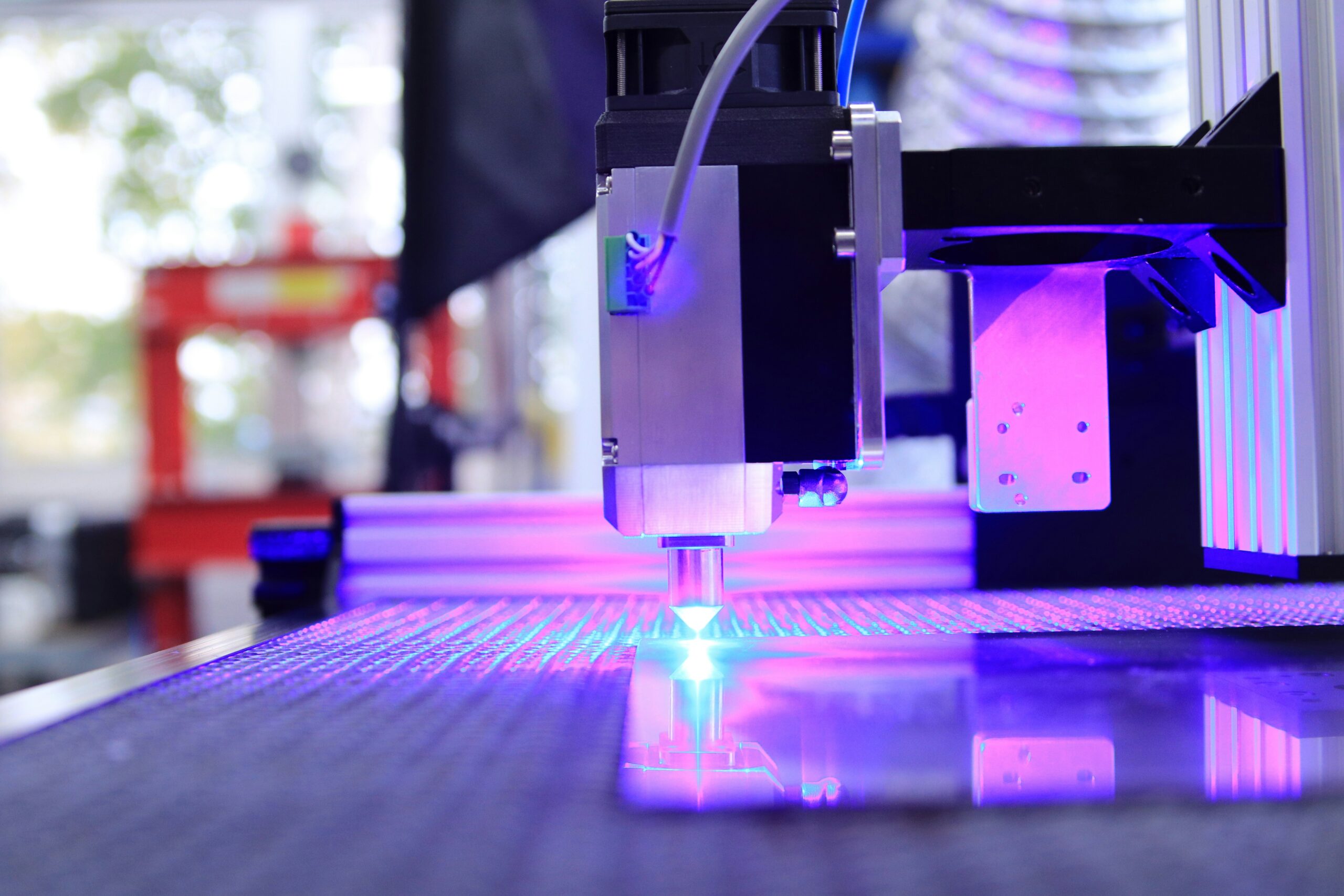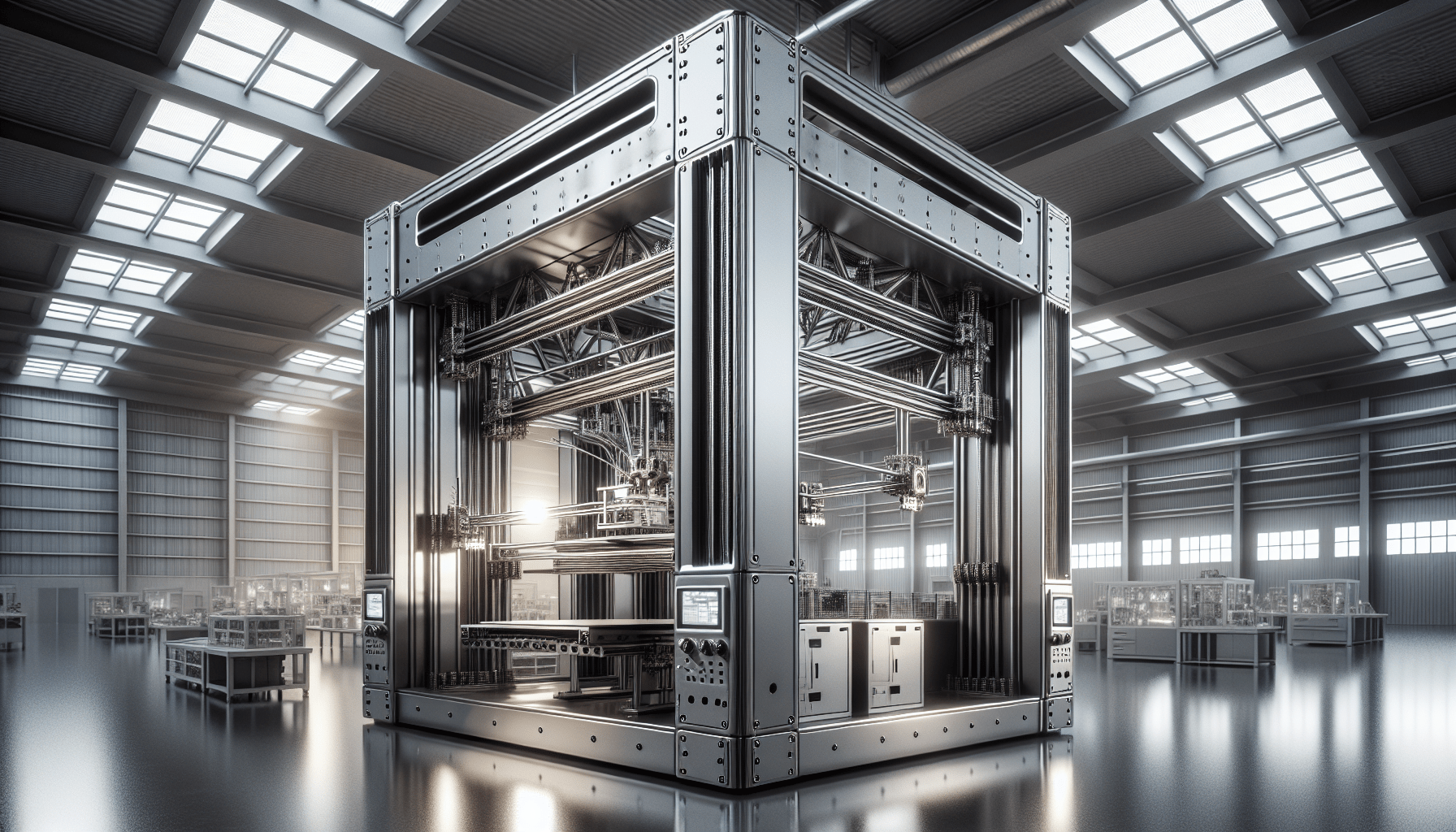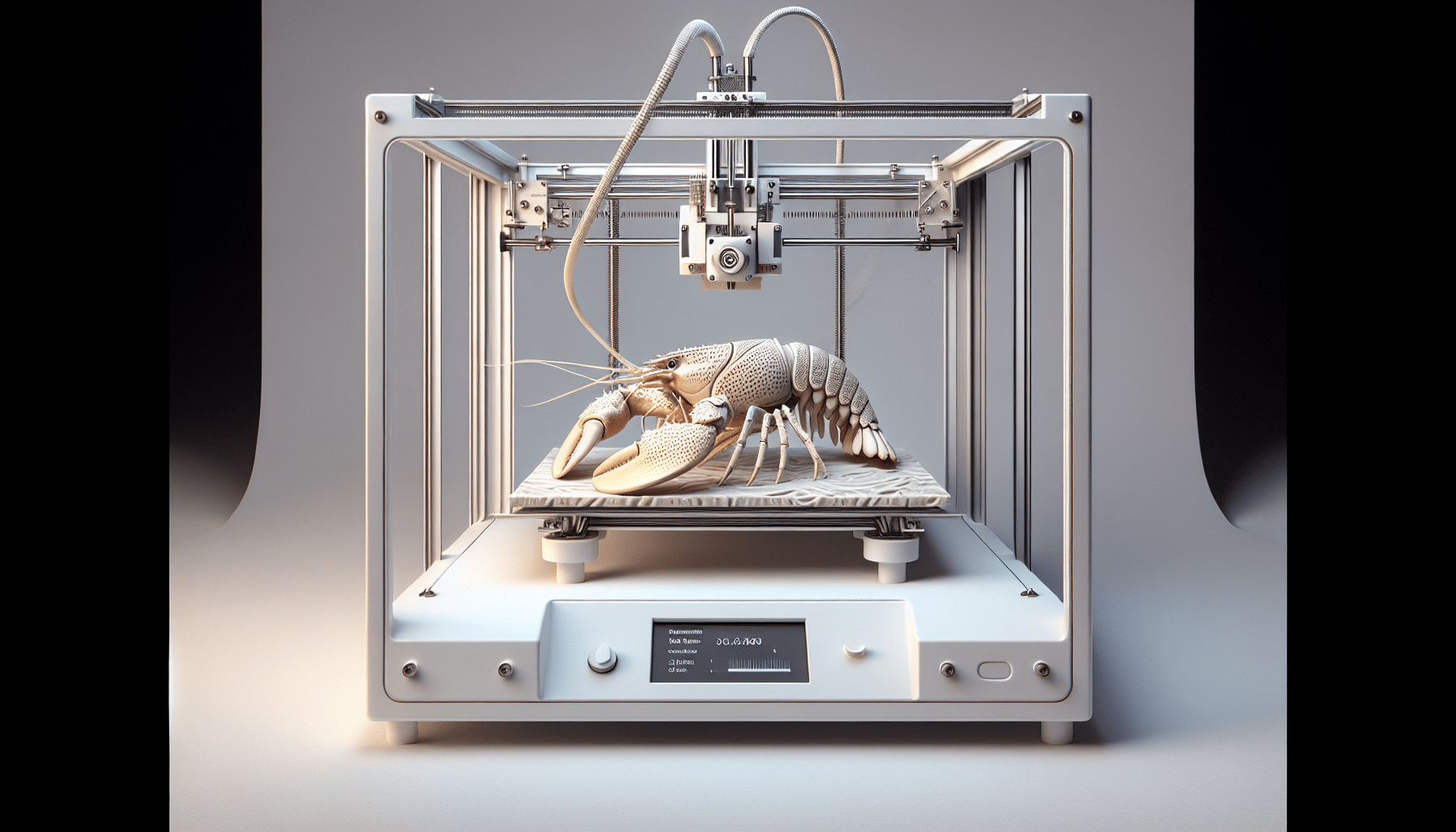Creality 3D Printer, K1 SE Fully Assembled Auto Leveling FDM 3D Printers for Kids and Beginners, 600mm/s Max High-Speed Printing, Core XY All Metal Structure, Larger Print Size 250x220x220mm
$298.99 (as of June 4, 2025 21:32 GMT +00:00 - More infoProduct prices and availability are accurate as of the date/time indicated and are subject to change. Any price and availability information displayed on [relevant Amazon Site(s), as applicable] at the time of purchase will apply to the purchase of this product.)Are You Ready to Take Your Aviation Industry to New Heights with Additive Manufacturing?
The aviation industry has always been at the forefront of innovation, and additive manufacturing (AM), also known as 3D printing, is one of the latest technologies to revolutionize the sector. However, despite its numerous benefits, the industry still faces significant hurdles in adopting this game-changing technology. In a recent systematic review of 29 open-access publications, researchers mapped the current status of AM in aviation, highlighting key benefits and obstacles to broader adoption. This review provides valuable insights into the challenges and opportunities that lie ahead for the aviation industry.
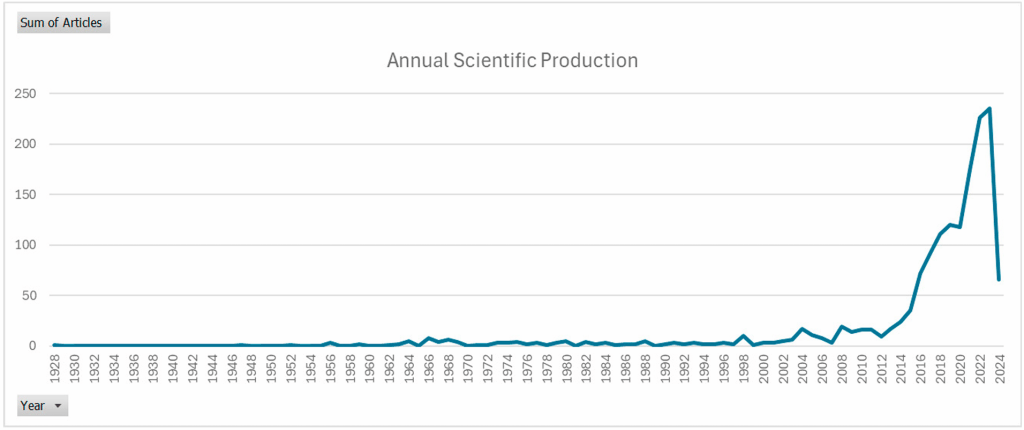
$30 off $400+ Anycubic Products with code AC30OFF
The Benefits of Additive Manufacturing in Aviation
So, what are the benefits of AM in aviation? For starters, AM offers the potential for significant weight reduction and improved structural efficiency through topology optimization and part consolidation. This can lead to reduced fuel consumption and lower emissions, making it an attractive option for airlines looking to reduce their environmental impact. Additionally, AM enables decentralized production of spare parts, reducing logistics costs and improving maintenance efficiency.
| Benefits of AM in Aviation | Description |
|---|---|
| Weight Reduction | Topology optimization and part consolidation for reduced weight and improved structural efficiency |
| Improved Maintenance | Decentralized production of spare parts for reduced logistics costs and improved maintenance efficiency |
| Reduced Waste | Lower “buy-to-fly” ratios and reduced material waste |
Despite these benefits, the aviation industry still faces significant barriers to wider AM adoption. What are these hurdles, and how can they be overcome?
Certification and Validation: A Key Barrier to Adoption
One of the biggest hurdles to AM adoption in aviation is the lack of unified standards for certification and validation. The absence of clear guidelines and protocols makes it challenging for manufacturers to ensure the airworthiness of AM parts. To address this challenge, the industry needs to develop standardized certification procedures and validation protocols that ensure the safety and reliability of AM parts.
Cost: A Significant Barrier to Adoption
Cost is another significant barrier to AM adoption in aviation. The high cost of AM equipment and materials, combined with the need for specialized training and expertise, makes it challenging for manufacturers to justify the investment in AM technology. To overcome this hurdle, the industry needs to reduce the cost of AM equipment and materials, as well as develop more efficient and cost-effective production processes.
Repeatability: Ensuring Consistency in AM Production
Repeatability is another critical issue in AM production. The lack of consistency in build parameters and material quality can lead to variability in the final product, making it challenging to ensure the reliability and safety of AM parts. To address this challenge, the industry needs to improve material quality and reduce variability in build parameters.
The Need for Specialized Training and Expertise
The successful adoption of AM in aviation requires specialized training and expertise in design-for-AM skills. Engineers need to be trained in the design and production of AM parts, as well as the development of optimized AM processes. To address this need, the industry needs to develop specialized training programs that focus on AM technology and its applications in aviation.
The Role of AI and IoT in AM Production
The integration of AI and IoT systems can play a critical role in AM production by enabling automated monitoring and predictive maintenance. These technologies can help improve the efficiency and reliability of AM production, as well as reduce costs and improve product quality.
| The Role of AI and IoT in AM Production | Description |
|---|---|
| Automated Monitoring | Real-time monitoring of AM production for improved efficiency and reduced downtime |
| Predictive Maintenance | Predictive analytics for maintenance scheduling and reduced costs |
| Improved Product Quality | AI-driven quality control for improved product quality and reduced waste |
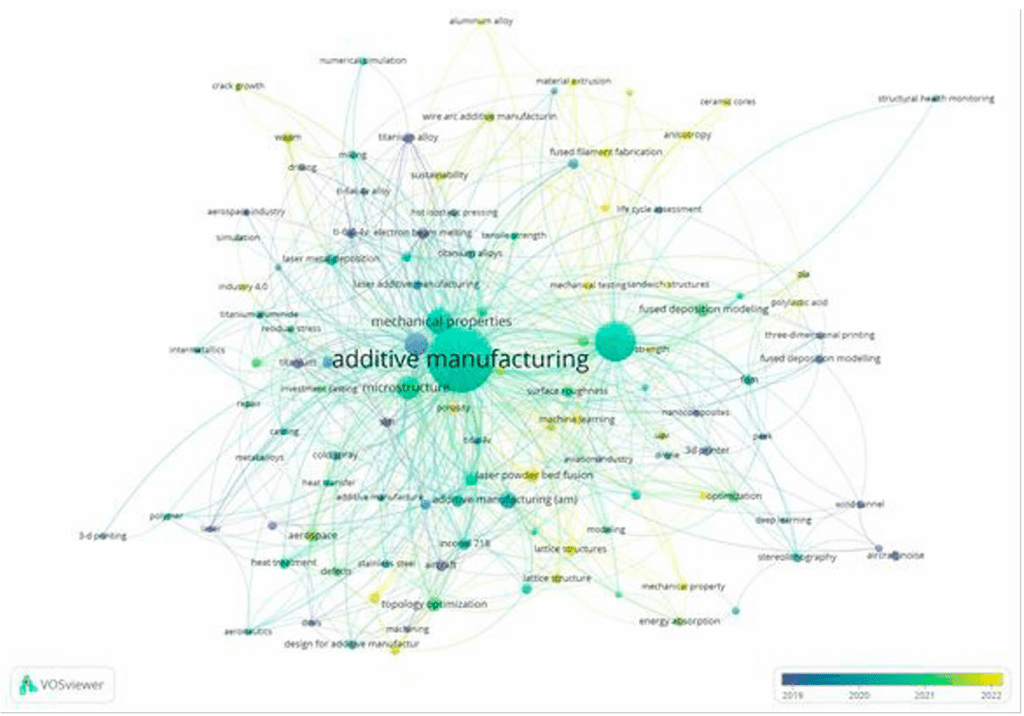
Buy Photon Mono M5 Get Free 1KG Resin
Future Research Directions: Overcoming the Challenges of AM Adoption
So, what are the future research directions that the industry needs to pursue to overcome the challenges of AM adoption? According to the review, future research should focus on addressing the identified challenges, including the development of unified standards for certification and validation, improved material quality, and enhanced process simulation tools.
Developing Unified Standards for Certification and Validation
The development of unified standards for certification and validation is critical to ensuring the airworthiness of AM parts. Future research should focus on developing standardized certification procedures and validation protocols that ensure the safety and reliability of AM parts.
Improving Material Quality and Reducing Variability
Improving material quality and reducing variability in build parameters are critical to ensuring the consistency and reliability of AM parts. Future research should focus on developing new materials and processes that improve material quality and reduce variability.
Enhancing Process Simulation Tools and Qualification Protocols
The development of enhanced process simulation tools and qualification protocols is critical to improving the efficiency and reliability of AM production. Future research should focus on developing simulation tools that enable real-time monitoring and optimization of AM processes.
Integrating AI and IoT Systems for Automated Monitoring and Predictive Maintenance
The integration of AI and IoT systems can play a critical role in AM production by enabling automated monitoring and predictive maintenance. Future research should focus on developing AI-driven quality control systems that improve product quality and reduce waste.
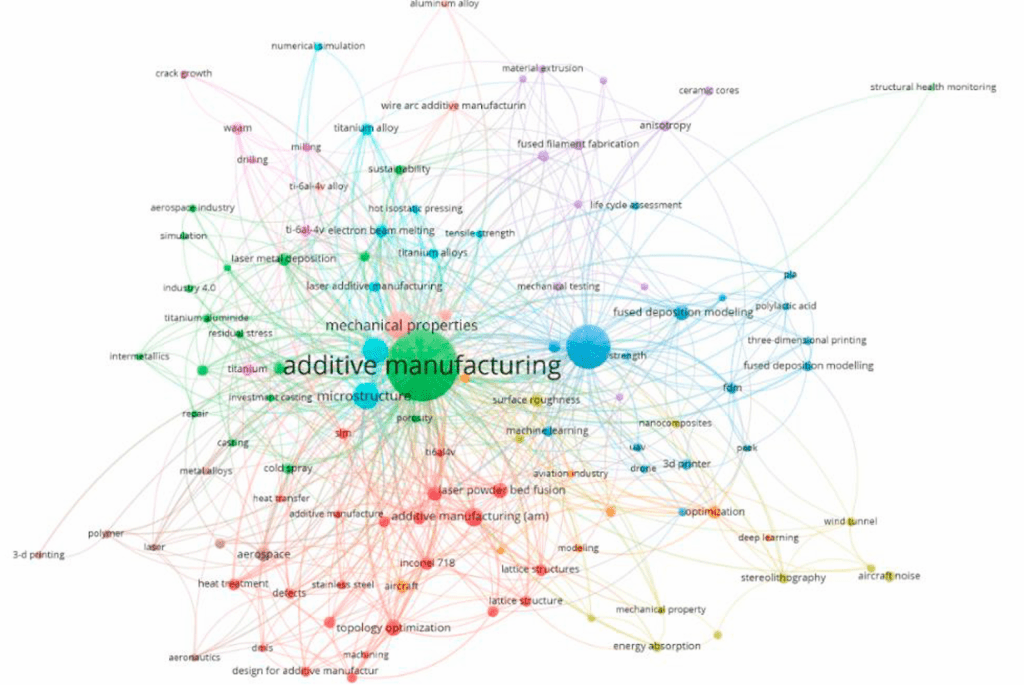
Conclusion
In conclusion, additive manufacturing offers significant benefits for the aviation industry, including weight reduction, improved structural efficiency, and decentralized production of spare parts. However, the industry still faces significant hurdles to wider AM adoption, including certification and validation, cost, repeatability, and the need for specialized training and expertise. To overcome these challenges, the industry needs to develop unified standards for certification and validation, improve material quality, and enhance process simulation tools. By pursuing these research directions, the aviation industry can unlock the full potential of additive manufacturing and take its operations to new heights.
$30 off $400+ Anycubic Products with code AC30OFF
